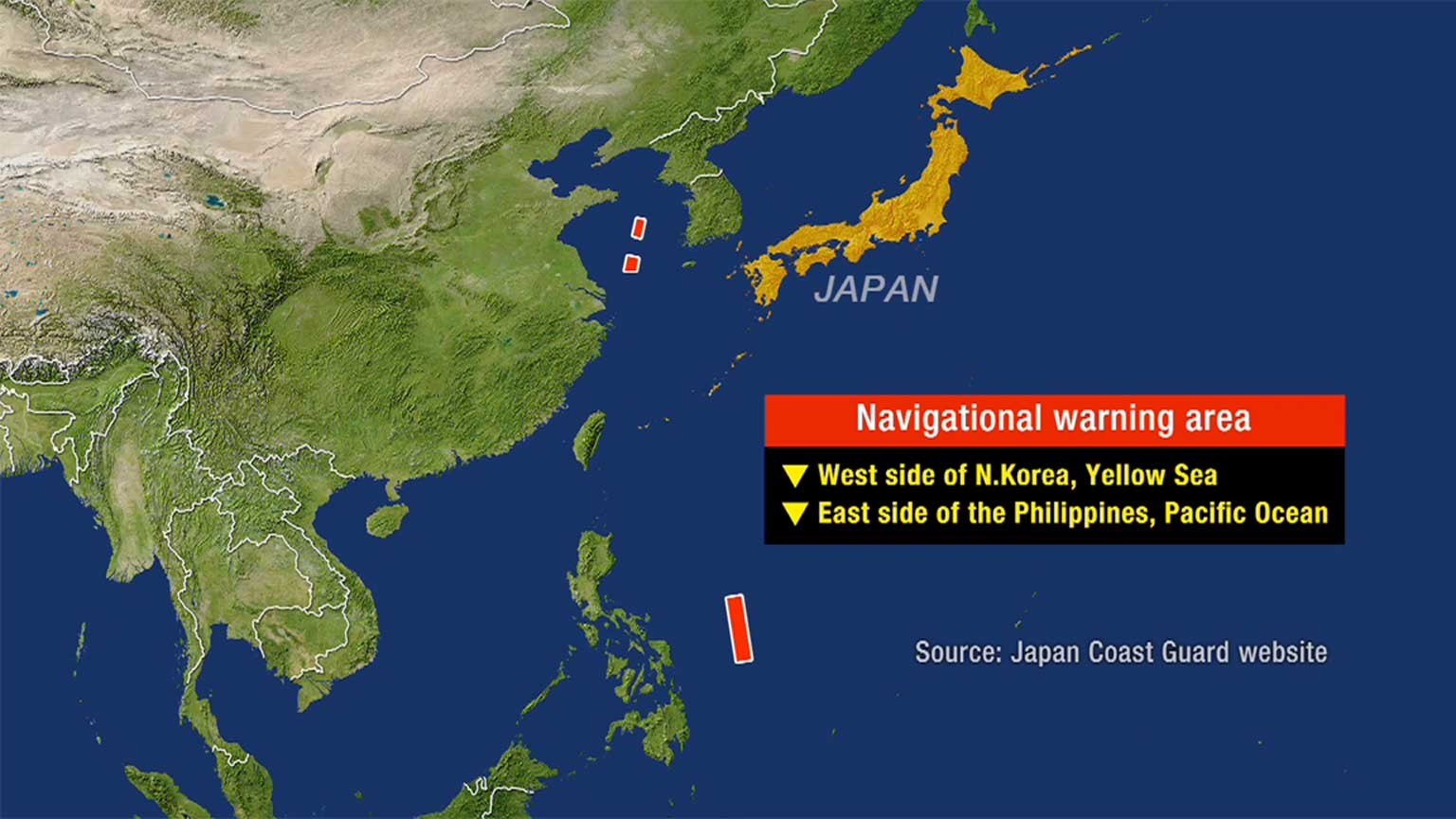Japan's government suspects that Pyongyang plans to launch a ballistic missile under the pretext of putting a satellite into orbit.
The government calls it a violation of UN Security Council resolutions that ban North Korea from conducting any launches using ballistic missile technology, and urges Pyongyang to exercise self-restraint.
Prime Minister Kishida Fumio has instructed relevant ministries and agencies to gather and analyze intelligence.
He said Japan will work closely with the United States and South Korea, and strongly urge Pyongyang not to carry out the launch.
Kishida has told government agencies to take all possible measures to prepare for any eventuality.
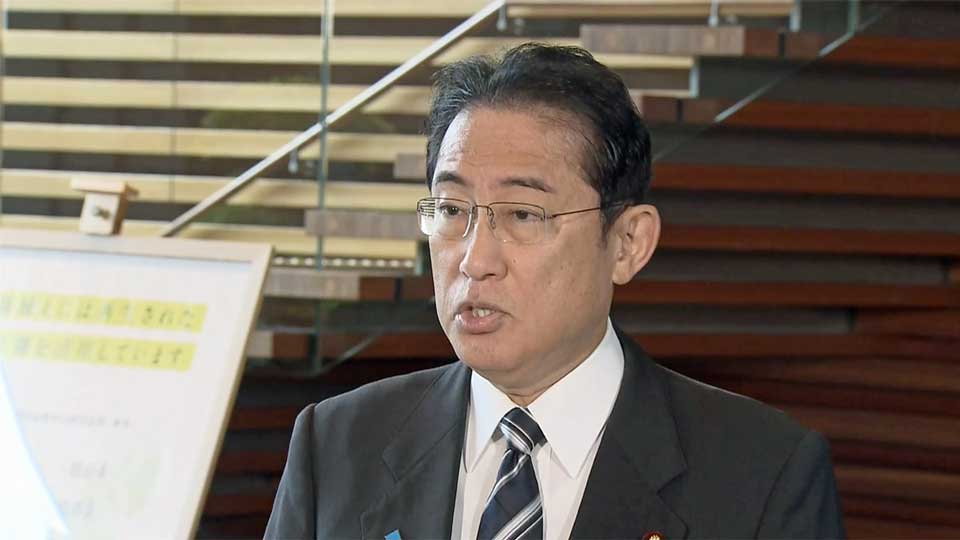
He told reporters on Monday morning at the Prime Minister's office that although Pyongyang claims it is planning to send a satellite up, any launch using ballistic missile technology violates UN Security Council resolutions.
He said it is a grave issue concerning the safety of people in Japan.
Last month, North Korea announced that it had completed construction of its first military reconnaissance satellite. It also said it would step up final preparations so that the satellite can be launched at the planned date.

Satellites as cover for missile tests
North Korea has a history of launching long-range ballistic missiles after claiming it would send up a satellite.
The first time was in April 2009 when it launched a missile that traveled more than 3,000 kilometers, passing over northeastern Japan. The projectile is believed to have fallen into the Pacific Ocean.
In April 2012, North Korea made the same claim, then launched a rocket that exploded in mid-air shortly after lift-off. Pyongyang had designated points in the Yellow Sea and Pacific Ocean as zones for possible falling objects. That path would have taken a missile past the Sakishima Islands in Okinawa Prefecture. North Korea admitted that the launch was a failure.
It tried again in December of the same year, with the same zones being designated for possible falling objects. This time a missile is believed to have flown over an area near the Sakishima Islands.
And in February 2016, North Korea once more announced that it would launch a satellite. It then fired what experts say was a missile that followed a similar route to the one just over three years earlier.
Japan's Defense Ministry says the first and second missiles were either Taepodong-2 long-range ballistic missiles or derivatives.
It says the third and fourth were believed to be the advanced versions of the Taepodong-2.
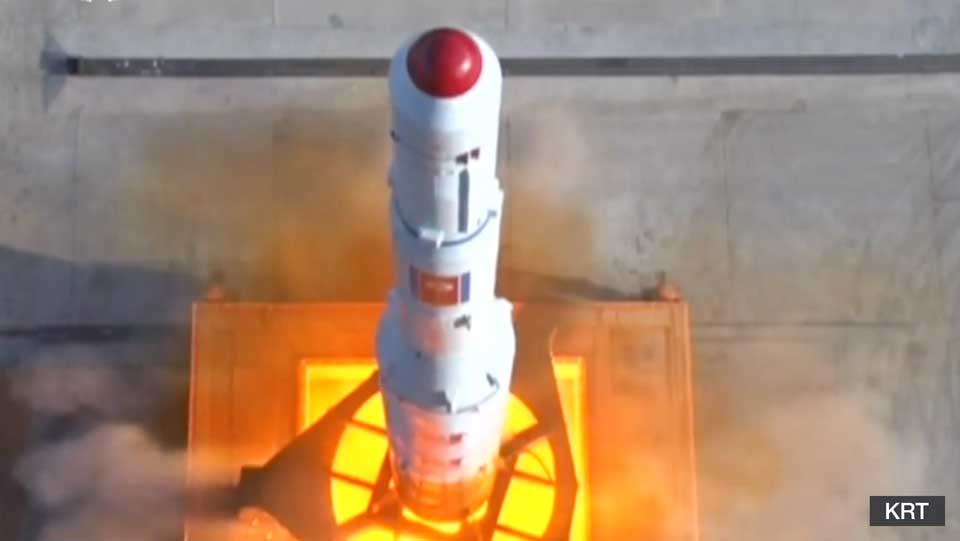
The ministry also says the third and fourth launches saw some sort of object put into orbit around the Earth.
But ministry sources say they have not confirmed any regular communication between those objects and the ground.
The ministry says none of the objects are believed to be functioning as satellites. It says the launch was aimed at improving long-range ballistic missile technology.
In July 2017, North Korea launched an intercontinental ballistic missile with a range of more than 5,500 kilometers for the first time.
Since then, North Korea has fired missiles numerous times. Experts say 13 of the launches either were or may have been of ICBMs.
Japan's Defense Minister orders destruction of missiles
Japan's Defense Minister, Hamada Yasukazu, has ordered the Self-Defense Forces to destroy any incoming ballistic missiles. The order allows the SDF to destroy any North Korean ballistic missile likely to fall within Japanese territory.
The SDF has already made preparations, following an order from Hamada in April, deploying destroyers equipped with the Aegis missile-tracking system which has an advanced radar system and interceptor missiles.
The Air Self-Defense Force has deployed units with the land-based PAC-3 interceptor system on several islands in Okinawa. When North Korea launched ballistic missiles in 2012 and 2016, they flew over that area. The PAC-3 system has also been deployed on the premises of the Defense Ministry in Tokyo.
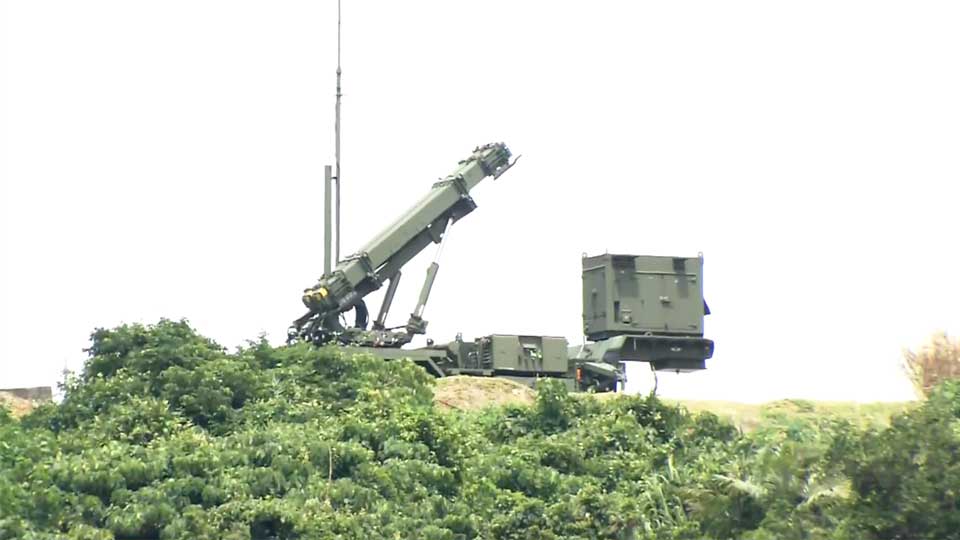
The Ground Self-Defense Force has dispatched units to Okinawa Prefecture. They will be tasked with removing dangerous materials and rescuing injured people in the event of a ballistic missile falling.
The SDF deployed PAC-3 systems at similar locations in 2012 and 2016 but did not launch any interception missiles.
Officials: Could be a satellite this time
Some Defense Ministry officials have suggested that North Korea may actually launch a satellite this time.
Rockets for launching satellites and ballistic missiles have the same basic structure. The only difference is the object at the tip that determines their purpose.
A senior official of Japan's Defense Ministry says "North Korea used to improve its missile technology using satellite launches as cover, but it has recently been firing missiles without that pretext. If the country's missile technology has improved sufficiently, it may really be trying to put a military reconnaissance satellite into orbit around the Earth this time."
Another senior Defense Ministry official said North Korea stated two years ago that its defense program included a goal of possessing military reconnaissance satellites. The official said it is believed that North Korea is moving closer to the operation of satellites rather than improving missile technology.
The rocket's course and speed will help experts determine its purpose.
Satellites usually transmit some kind of communication with the ground. The defense ministry is expected to collect and analyze any such information.
Expert: there may be two goals
Bong Young-shik, a research fellow at Yonsei University's Institute for North Korean Studies in Seoul, says Pyongyang may have two complimentary aims.

"One major aim is to develop its intercontinental ballistic missiles to have sufficient distance and accuracy to hit the United States," he says. "The second purpose is to develop spy satellites to monitor South Korea and its armed forces."
Bong says he does not believe the launch is a reaction to trilateral talks between the leaders of Japan, the US and South Korea earlier this month on the sidelines of the G7 summit.
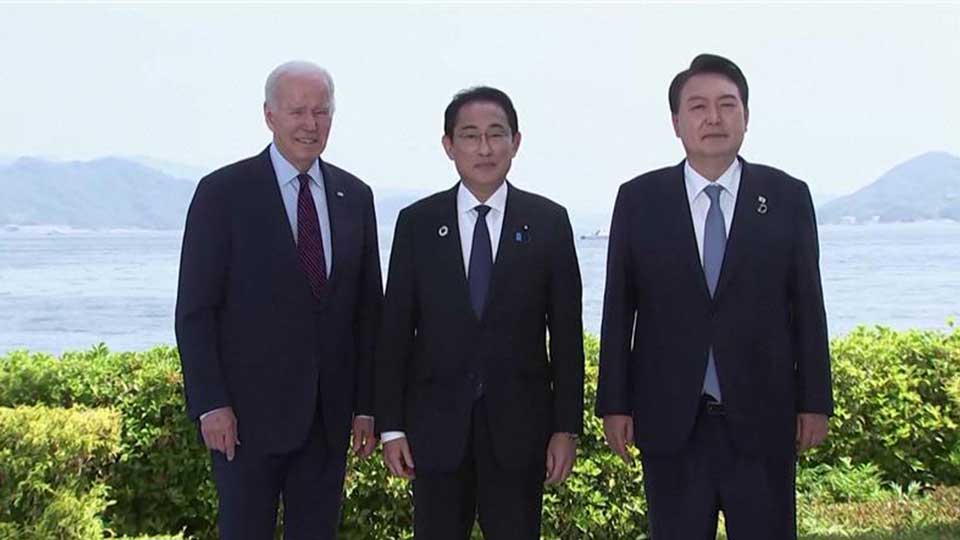
The leaders agreed to greater trilateral security cooperation including the real-time sharing of data on Pyongyang's missile launches.
"The (North Korean) launch was already decided almost two years ago," he says, and suggests that the coronavirus pandemic is the main reason it has taken until now.
Bong also argues that North Korea has to continue with missile launches, and he believes a seventh nuclear test is likely, too.
"Although North Korea will be suffering from increased sanctions and pressure from the rest of the world for its provocations, the regime has no other option but to develop stronger strategic weapons to increase its strategic leverage upon the United States, Japan and South Korea."
